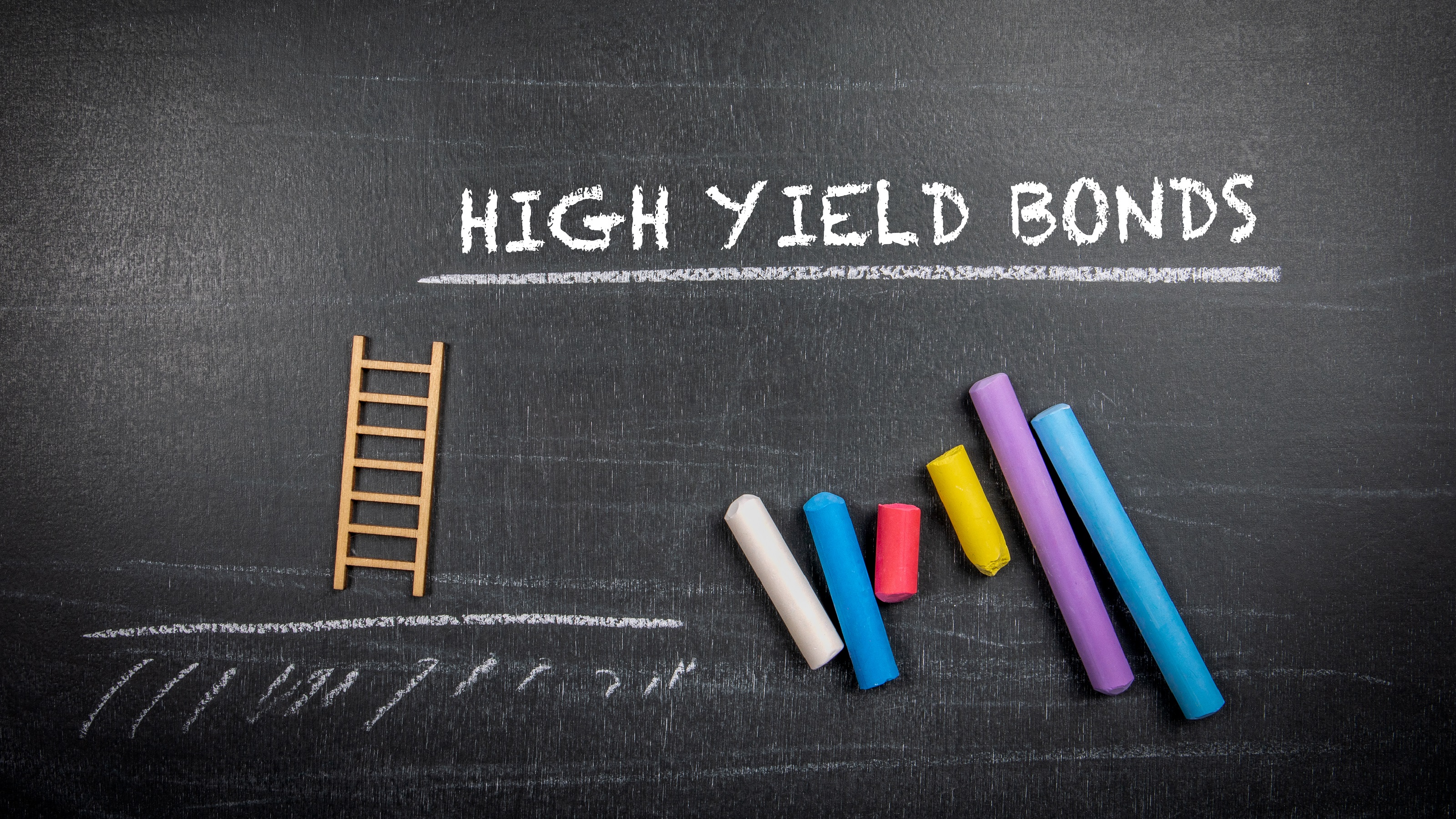
Fixed income is in fashion — for good reason. Current bond yields are historically high, and rate cuts are on the horizon, so locking in yields before they fall is a potentially attractive proposition.
True to their name, high-yield bonds offer an average yield of about 7.7% as of June 30, 2024. This alone is higher than the 7.4% annual long-term return on the S&P 500 since 2000 (based on Bloomberg data to the end of May 2024). So, a high-yield investment could mean locking in “equity-like” returns from the income alone.
But with credit spreads at about 3.1%, should investors wait for them to widen closer to their 5.2% average since 2000?
We think that might not work out — for three reasons:
1. 'Time in the market' might beat 'timing the market.'
Most investors try to “buy low and sell high.”
But, believe it or not, that might not be the best way to play high-yield bonds.
Why? Because income has been a larger driver of high-yield returns than price moves over the years. Since 2000, high-yield bonds earned +7.7% annually from income and -1.3% annually from price moves (according to ICE at the end of May 2024).
To earn income, you need to be invested.
We back-tested several hypothetical automated trading strategies. Each hypothetically traded between high-yield bonds and cash at certain credit spread triggers. To our surprise, almost all trading strategies underperformed a simple strategy of just holding the Bloomberg US Corporate High Yield Index, and none consistently outperformed it, even ignoring transaction costs.* Hypothetical results have inherent limitations and are overly simplistic, but it is an interesting exercise that you can try.
2. Lower credit spreads may be justified.
We think the high-yield market is less risky than it used to be.
Historically (alongside the loan market), high-yield was the primary venue for private equity firms to finance leveraged buyouts (LBOs). This meant a sizable proportion of highly leveraged issuers.
But private equity firms have increasingly turned to the private credit market instead. The private credit market’s share of LBO issuance (by number of deals) has soared from 60% in 2019 to 86% in 2023, according to Barclays Research. We believe this may help lead to structurally lower default rates in high-yield bonds.
Average credit quality in the high-yield market has also improved: About 46% of the Bloomberg US Corporate High Yield Index is BB-rated (the highest high-yield rating) today vs about 34% in 2000, according to Bloomberg at the end of May 2024.
Smaller issuers with less frequently traded bonds command an “illiquidity premium,” which is reflected in higher credit spreads. But managers with access to technologies such as credit portfolio trading can trade these issuers as easily as the big names, so they have less need to demand an additional premium.
3. Credit spreads may offer more than adequate compensation for default risk.
We often take polls of investors, asking what they think average high-yield default rates are. Usually, they respond with something between 3% and 5% per year.
It may surprise you that, by our calculations, the average annual default rate on the Bloomberg US Corporate High Yield Index (including distressed exchanges) has been 2.5% since 2005, and the average loss from default has been 1.4%.
As such, we think credit spreads of about 3% offer ample compensation for default risks. One caveat, though: Many high-yield strategies hold only 10% to 30% of the 2,000 U.S. high-yield bonds available, and concentrations like this may amplify the risk of default. For those considering a high-yield vehicle, check how many bonds they hold. Investors may need to turn to a systematic approach to access a fully diversified high-yield strategy.
Waiting might be the wrong call
All-in bond yields are made up of two components: government bond yields and credit spreads. Both have tended to move counter to each other, providing a mutual stability buffer.
When credit spreads widen (usually a result of economic concerns), government bond yields tend to fall, due to a “flight to quality” or market expectations that the central bank will need to cut rates to stabilize the economy. When credit spreads tighten, government bond yields sometimes rise, due to lower demand for low-risk havens.
As such, waiting for credit spreads to widen might not mean investing at significantly higher all-in yields. If you consider all-in yields attractive, now might be a good time to consider an allocation. We believe now is the time to consider locking in high-yield bond yields before rate cuts take effect.
* Where model or simulated results are presented, they have many inherent limitations. Model information does not represent actual trading and may not reflect the impact that material economic and market factors might have had on insight’s decision-making.







